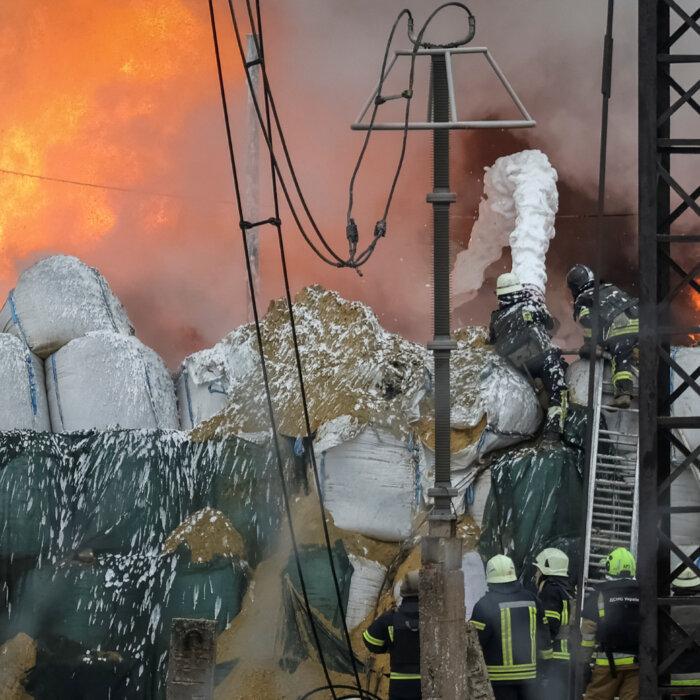The average household energy bill is to set to fall in the third quarter of the year under the market unit price cap announced by Ofgem on Friday.
This results in an reduction of about £122 in energy costs for households in England, Wales, and Scotland over the course of the year.
Total figures each individual customer will pay depends on how much energy their house uses, where they live, and what type of meter they run.
The price cap sets a legal limit on the maximum price suppliers can charge for each unit of gas and electricity used, setting a maximum daily standing charge.
A fall in wholesale energy prices means that between the months of July and September households paying by direct debit for dual-fuel now pay a maximum of £1,568 a year, rather than the current price of £1,690 a year.
“Today’s news will give small comfort to households still facing cost-of-living pressures,” said Citizens Advice Chief Executive Dame Clare Moriarty in a statement.
“The fall in the energy price cap reduces bills slightly, but our data tells us millions have fallen into the red or are unable to cover their essential costs every month,” Dame Clare said.
Despite the easing of electricity prices, bills remain historically high after the impact of COVID-19 regulations and Russia’s invasion of Ukraine prompted a hike in the spot price of energy.
The average energy bill in the UK receded about £500 from the same time last year. But it’s still an approximate £500 further away from average costs three years ago, which were a little over £1,000 a year.
While the latest price drop offers further relief to British households, analysts have said they expect Ofgem to increase the price cap in October, before dropping it again in January 2025.
‘Prices Are Set to Rise’
Mike Thornton, chief executive of the Energy Saving Trust, said in a statement, “Today’s confirmation that energy prices are coming down for the next quarter is very welcome.”However, Mr. Thornton believes that no one should take the new price cap as a sign of stability.
“Forecasts show that energy prices are set to rise again this autumn and will be staying high overall for the next decade,” Mr. Thornton said.
“After the election the incoming UK government must prioritise policies that support people to use less energy and install cost-effective energy efficiency improvements in their homes,” he added.
“This will be fundamental to bringing down energy bills, reducing carbon emissions and guaranteeing our energy security for the long term.”
Craig Lowrey, principal consultant at Cornwall Insight, an independent energy research, analytics, and consulting firm, said in a statement that the cap in its current form is “not going to bring down bills to pre-crisis levels.”
“While the general election is likely to put a halt to any immediate reforms to household energy bills, parties may use this opportunity to highlight how they intend to approach this challenge in the future,” he said.
“Whatever the outcome of the election, we hope the government will work with Ofgem to review the current cap and implement changes that not only lower bills but also support struggling customers,” Mr. Lowrey said.
The energy price cap was introduced by the government and has been in place since January 2019.
According to the Ofgem, the cap system ensures that an energy supplier can recoup its efficiency costs while making sure customers do not pay a higher amount for their energy than they should.
Energy suppliers can offer a lower standing charge for their default tariffs under the price cap, but to raise the unit rate above that assumed in Ofgem’s price cap, they need to demonstrate that the overall amount charged to consumers is at or below the total price cap.







